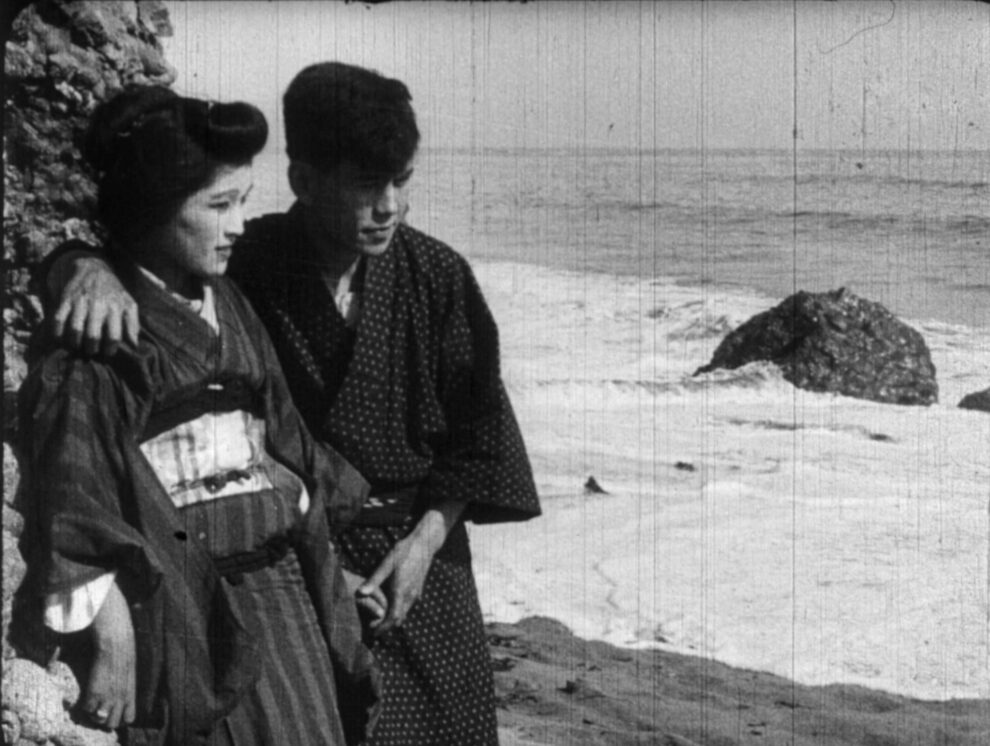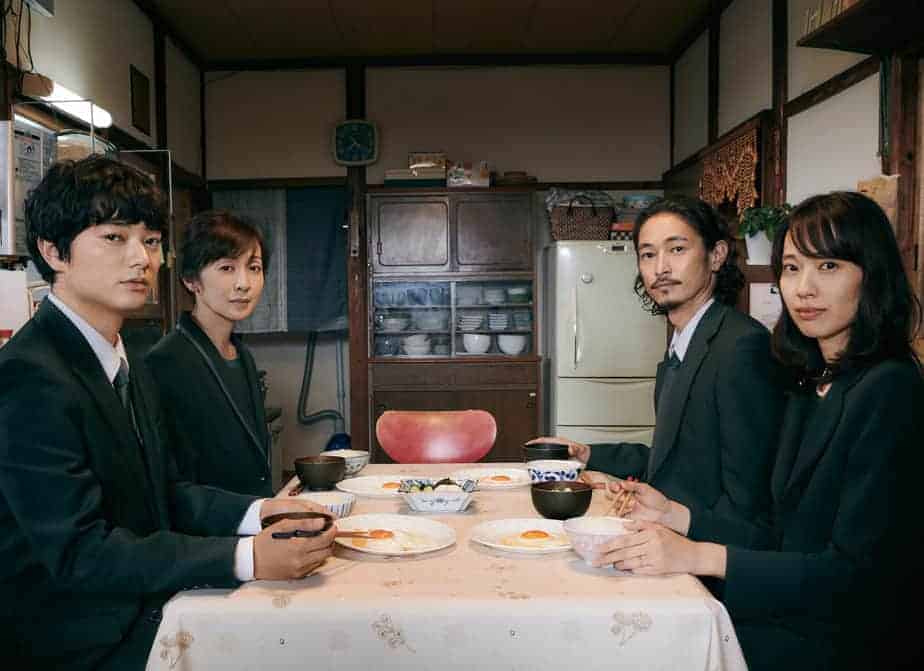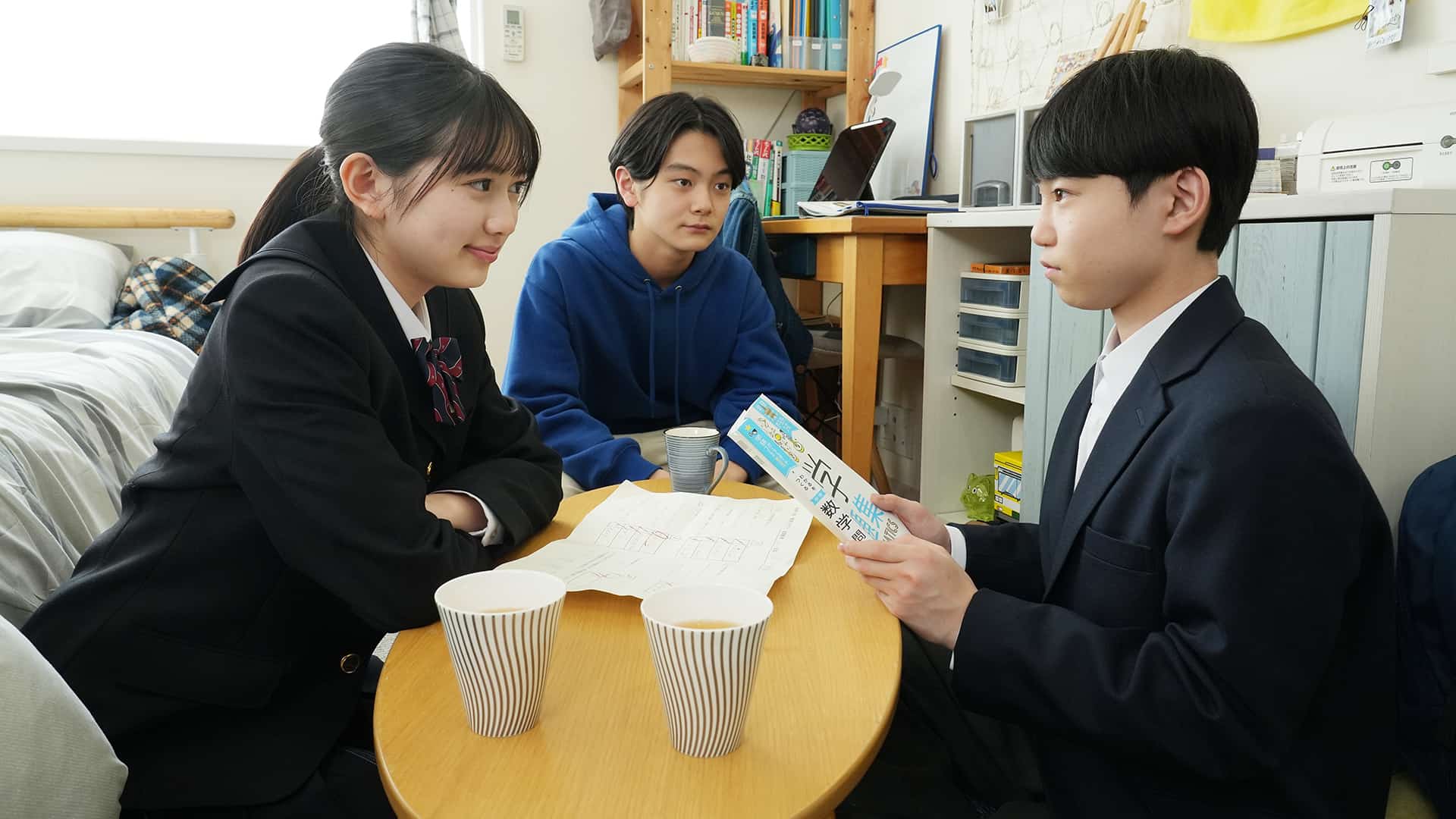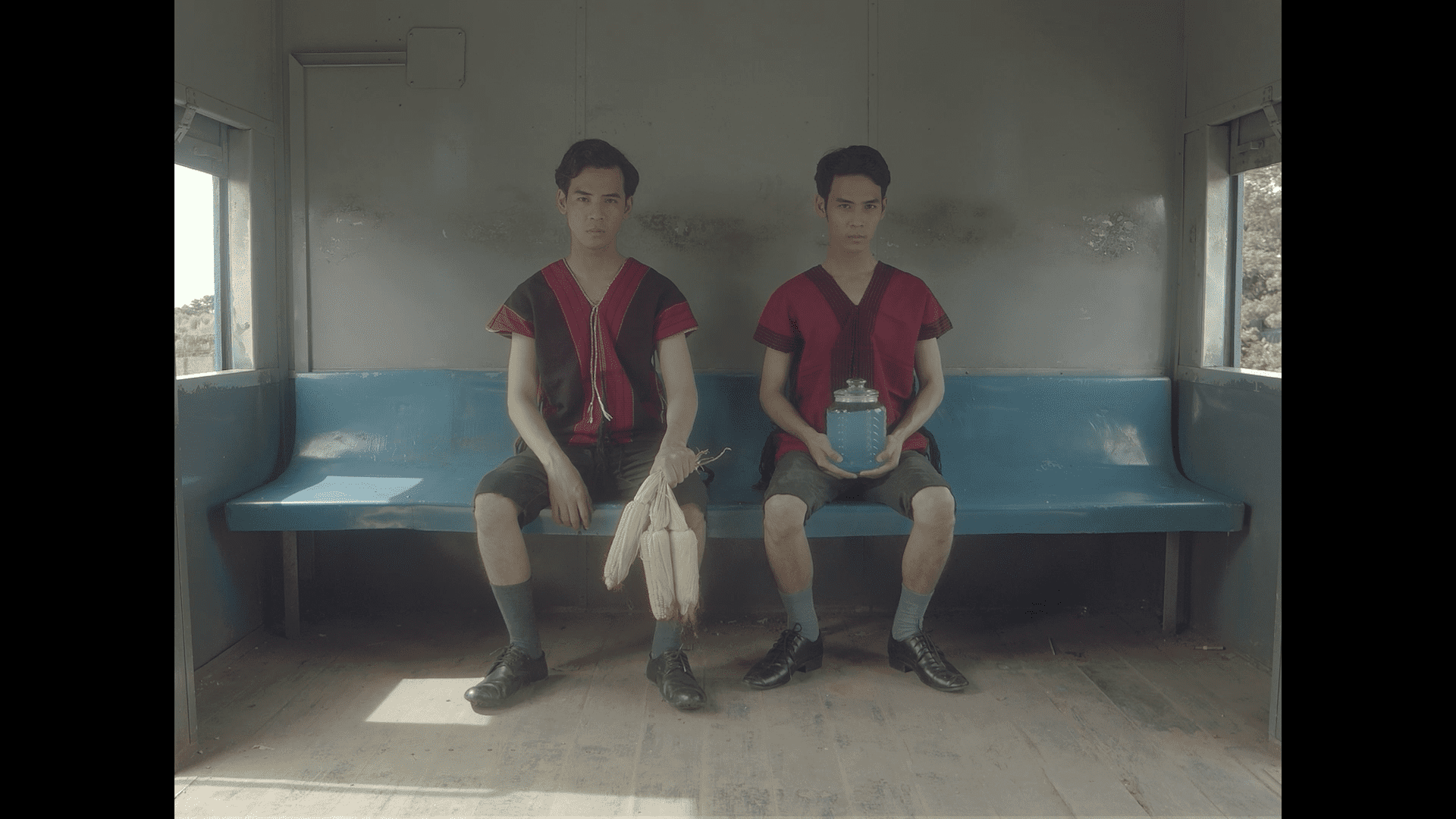Considering the idea of capturing time and ideas, film history is an exciting field of study. Re-discovering the features of an era which were lost, banned or forgotten somewhere can fill in the blanks when it comes to the depiction of certain areas of life during that time or distinct ways of thinking. One of these fields is the way cultures were depicted, especially given the domination of Europe and the USA in the medium during its early years. Much like African-Americans, Asian-Americans have had their fair share of images and characters showing them within the framework of prejudices and cultural stereotypes. However, with the discovery and following restoration of features such as “The Curse of Quon Gwon” by Marion Wong and “”The Dragon Painter” by William Worthington, we are able to have a look at a chapter of early silent film production which was thought to be lost.
The Oath of the Sword is screening at San Diego Asian Film Festival

Masao (Tomi Morri) has spent his childhood and youth in a Japanese fishing village. Over the years, his friendship with the neighbour's daughter Hisa (Hisa Numa) has developed into a deeply felt love, and they have sworn to each other they will marry one day. Dissatisfied with the prospect of being a fisherman, Masao asks his parents to send him to the USA to study, to provide a better life for his future bride and their family. Even though Hisa is sad about her lover leaving her, she finds solace in knowing he will return in a few years.
After some time in an American college, Masao has made a couple of friends and even found success as an athlete in the university's sports team. Meanwhile, having been inspired by his friend talking about his Japanese home, his fellow student Dean has decided to pay a visit to the country he has only heard stories of. Due to an accident on his ship, he has to be rescued by some fishermen, who bring him to their village to recuperate. After some time, he meets a lovely young lady by the name of Hisa and falls in love with her.
Check also this interview
Although it is hard to approach “The Oath of a Sword”, as some kind of forgotten masterpiece, it should certainly be regarded as an important piece of cinema history. While aspects such as pacing and character development (especially regarding Dean) have to be taken into account when assessing the feature, its depiction of Asians and Asian-Americans constructs a very different narrative to the kind of image Asian culture had in other features of the time and for many years to come. Masao as well as Hisa are torn between the two cultures, with Tomi Morri's character feeling very much at home in both worlds, which is, for example, expressed in scenes such as him showing his fellow students' moves from Jiu-Jitsu. On the other hand, through the character of Hisa, Shaw perhaps wanted to show the dilemma of being torn between two cultures, even though the execution leaves a lot to be desired.
In the end, what is especially noteworthy is how “The Oath of the Sword” tells its story without delving into the concept of the “other”. With many features (even more recent ones) showing Asian-Americans and other cultures as the “other”, there is nothing like that in Shaw's feature, no matter if we are focusing on Dean or Masao. Both find their way of connecting in the foreign culture, through sports and through business, and also find emotional bonds by making friends and love.
“The Oath of the Sword” is an important and enlightening document about the depiction of Asian-Americans. While it is most certainly not a masterpiece, its themes and characters (especially Hisa and Masao) present a view on Asian culture which was rare at the time and is (sadly) also not often seen in today's features.















